Your cart is currently empty!
Ceci n’est pas Asian Beast(我不是迪斯尼版匈奴單于)
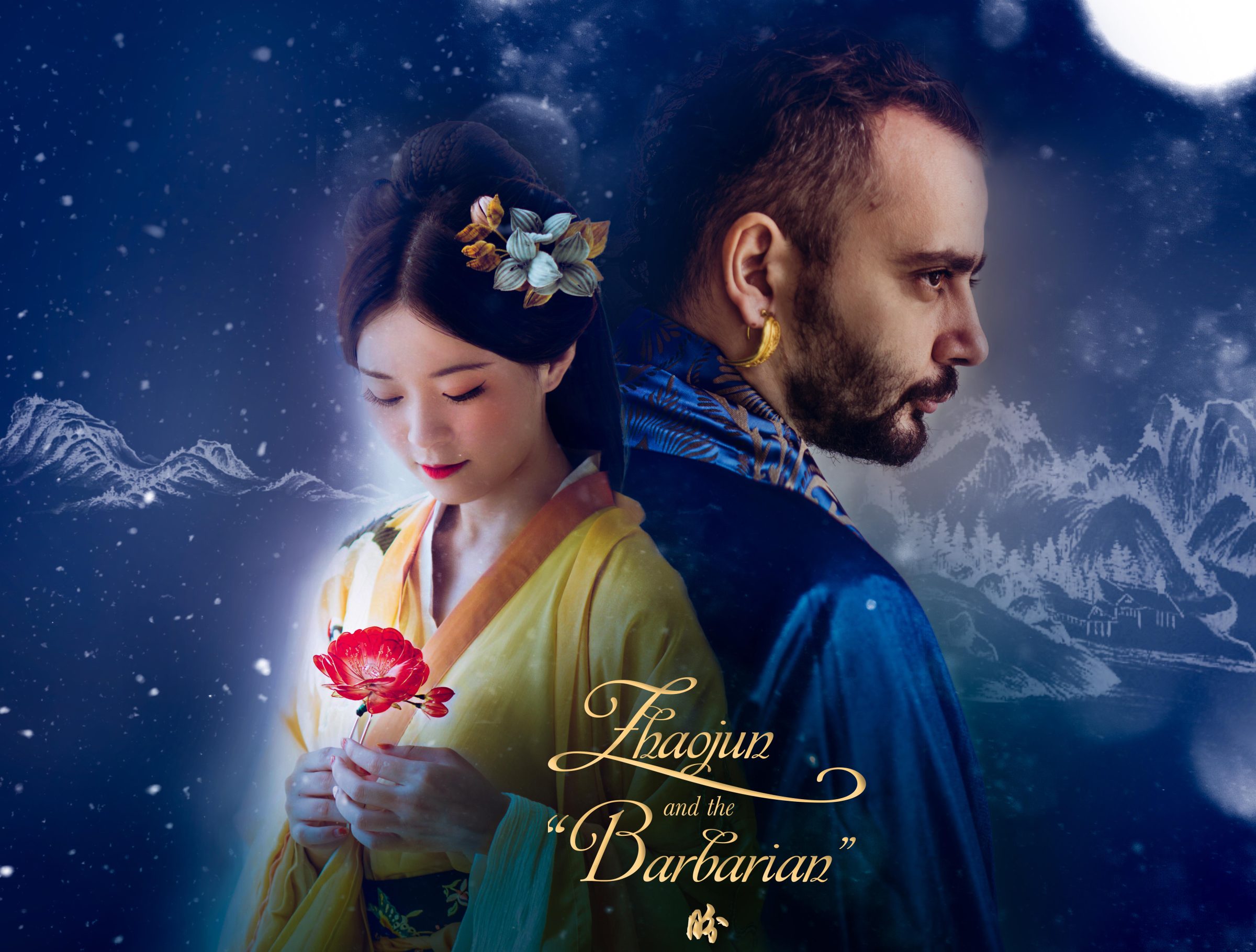
BONUS BUY 1 GET 1 FREE EDITION–THE BEAST! lol
I know this kind of looks like a Bollywood Beauty and the Beast… and you probably would never imagine my Beast to be a non-Chinese. But that’s the reality of history and culture! This is a BONUS edition of Hanfugirl–one that’s neither about a girl nor about a Chinese. But cultural/ethnic diversity pervades the entire history of China, and one whose very existence has often been overlooked or simply brushed aside. Belle Wang’s definitely not the first high-profile interracial royal marriage of the ancient world, just like how Meghan Markle’s not gonna be the last!

For thousands of years, China has struggled with warfare at its borders with its nomadic neighbours such as the Xiongnu and Turks. Because it is an entirely new area of knowledge, with massively confusing narratives and limited written records, I am definitely not able to say much about them individually at this point. It is definitely on my to-learn list, but one thing at a time!
So we have established that Belle Wang was married to a “Barbarian”, the equivalent of the Beast in the story–gentle giant with lots resources and money at her disposal! Oh yes, and treats her like a goddess. Although I’m not a fan of Belle, I personally love the Beast the most amongst all the Disney princes because of his complexity. My Tibetan guide told me–BE an interesting person with stories (to tell about yourself). And Beast is definitely someone with a story.
The “Beast” in question today, is Huhanye, the chief of Xiongnu about 2,000 years ago. Xiongnu was a really vague term to describe the confederation of nomadic people who spanned from Siberia and Mongolia all the way to Central Asia. Till today, people are still debating their ancestry and histories, so that’s an issue beyond me and I’m just going to imagine him looking somewhat like Central Asian x Gypsy of sorts.
The legendary Chief who re-united all 5 fragments of Xiongnu under one
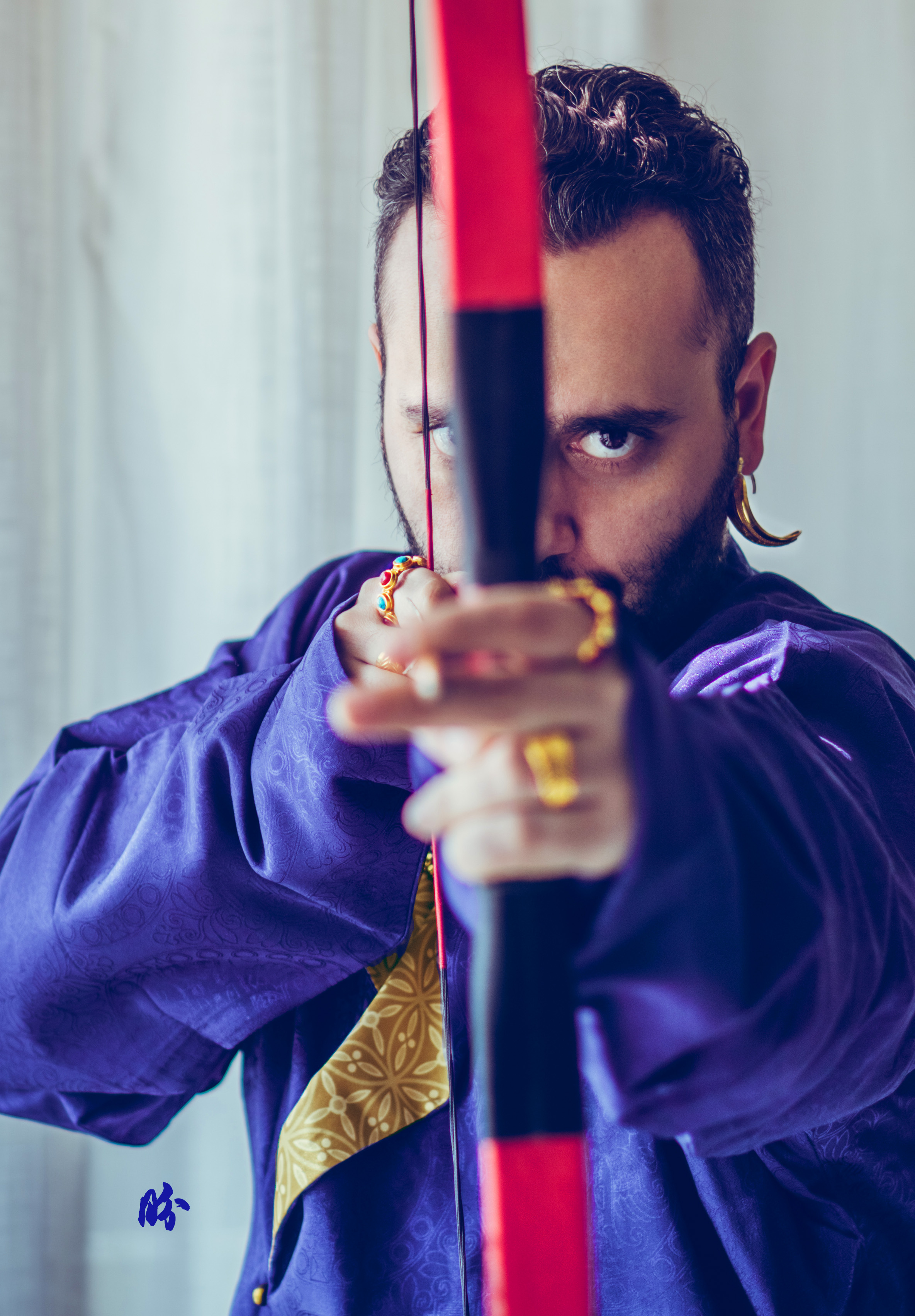
The Beast was not just a random untamed chap, but a powerful, strategic ruler. When the 12th Chief passed away, the Xiongnu tribes broke into 5 fragments each with someone claiming to be its chief (or Chanyu as they call it). It was Huhanye who defeated the rest with the help of Chinese troops and reunited Xiongnu under his rule as the 14th Chanyu. He was also of true blue blood, just like the Beast in the original story, as the direct descendant of the 12th Chanyu, unlike a few of the others.
However, he was the underdog because he was also in contention with his elder brother Zhizhi Chanyu for the throne. The Xiongnu civil war of that time was full of drama, with stories of various political marriages, murder of envoy, and infighting between the two brothers.
Eventually, with the help of the Chinese who favoured the Beast, Huhanye won and ended the civil war that lasted for some 20+ years. Huhanye Chanyu must have been extremely politically savvy and strategic to be able to gain the favour of the Chinese (Zhizhi Chanyu tried too, to no avail and the Chinese favoured Huhanye), and won over his elder brother. His political savviness would make him a matching candidate for Belle since she’s kind of strategic as well.
Judging from the drama and stories of struggle for power, he was probably super badass and domineering, just like the Beast.
How I re-imagined the “Barbarian”
It would seem extremely un-PC to call the nomadic tribes Barbarian, but not calling them so would be untruthful to the historical Chinese attitude towards anything beyond their turf and to pretend the world is perfect just by not mentioning it.
The Han dynasty of Chinese was one of the most economically and culturally developed periods in Chinese history, and it is like how the urban city people in China still look down on the rural area folks and farmers as uncouth and underdeveloped, and that was the same attitude the Chinese had towards their nomadic neighbours–barbaric.
According to my very brief research, some of the descriptions of Xiongnu were things like chunky earring on one ear, moustache and beard, shaved head or braided ones depending on the era and tribe, and donning their riding wear/robes with bows and arrows. All these features were considered barbaric by ancient Chinese standards because the Chinese didn’t pierce their ears until the Tang dynasty (which was also an influence from the nomadic tribes), they didn’t cut their hair at all, and guys rarely braid them if at all. The Chinese also didn’t really have much of a beard, for sure.
It certainly seems exotic to me, but I didn’t want it to be baseless. So I actually got him to wear a Tang dynasty male robe, which was influenced by nomadic tribes and also worn by the nomadic tribes as depicted in Tang dynasty paintings. Of course that’s about 600-700 years after, but there has got to be some level of relevance. Unlike the Central Chinese, the nomadic tribes wore pants way before the Chinese adopted it, and they also had belts and metal hooks to secure their dresses, unlike the Chinese who typically used draw-strings. The Xiongnu and Hu people also had narrow sleeves as compared to the traditionally wide sleeves as one could see in Belle Wang.
They also probably wore fury hats and somewhat triangular top ones. 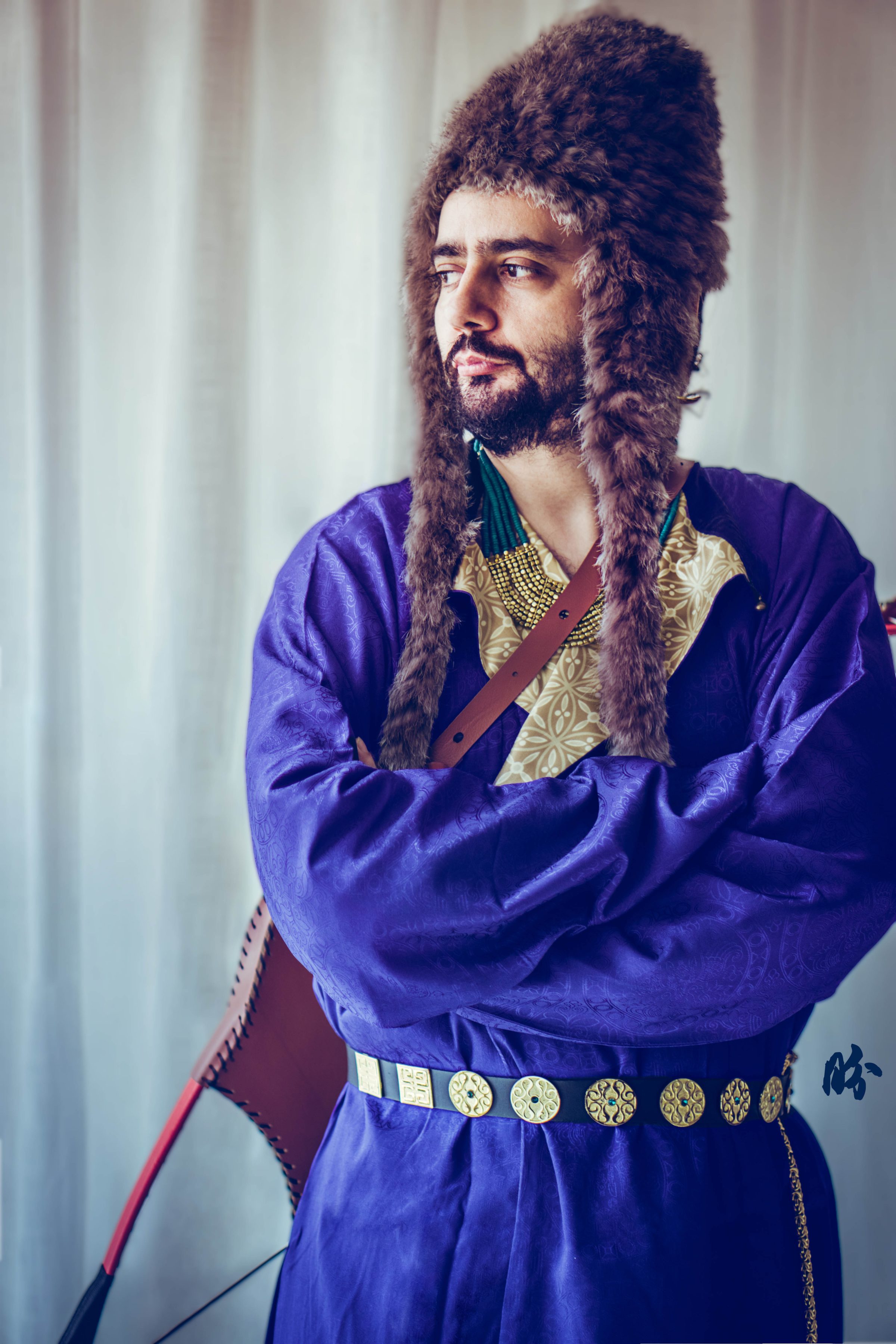
Chinoiserie in a foreign culture, 2,000 years back
While everyone today seems to think that Chinoiserie in 18th-century Western art is probably God’s gift to fashion and design, by now I think we all would have realised that cultural exchanges and appropriation/adoption have been happening for thousands of years, and we were as cosmopolitan in the past as we are now.
Huhanye actually went to China in person to ask for the Han emperor for a Chinese Princess as his wife. It was an act of submission and willingness to make peace with China.
As such, I wanted some elements of fusion with Chinese, because Huhanye Chanyu was a king who had high regard for the Chinese culture. He would’ve been inspired by the Chinese and would have some elements of “Chinoiserie” in the use of scent ball, the ceramic cup in the shape of Panda (teehee~ the talking cups~), and the delicately looking flower accessory in the shape of Camellia that binds him and Belle together.
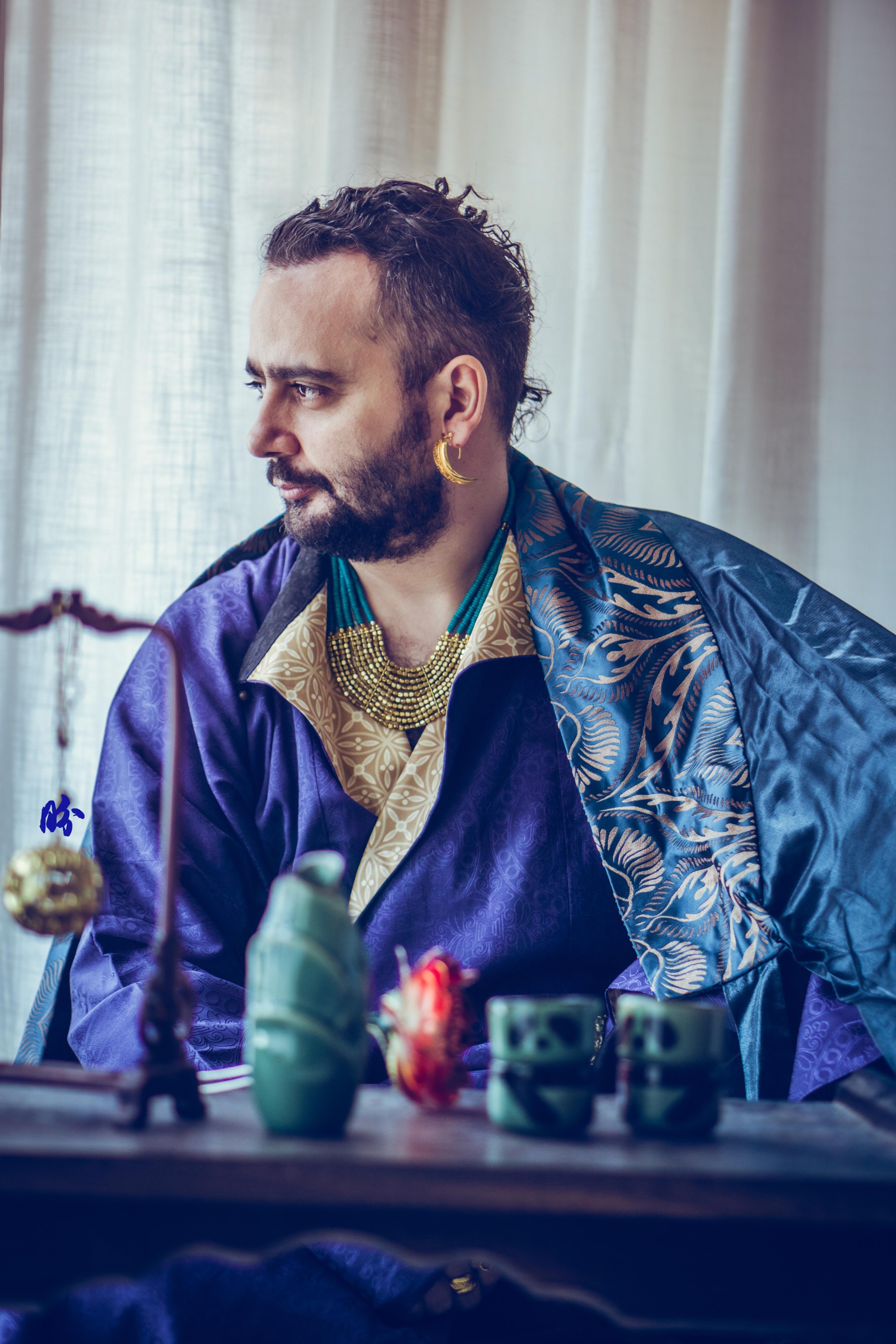
From Beast to Prince
In many Chinese writings/poems, perhaps partly due to ethnocentrism, and partly due to the need for dramatic effects, the fate of Wang Zhaojun marrying the Xiongnu king has often been portrayed as tragic. That’s probably how the evil sisters of Belle felt too when she left for the Beast.
But plot twist–She found her pot of gold at the end of the rainbow!
Turned out the old king died a few years after their marriage, and she married his son, who is of similar age as her. He would’ve been young, powerful, handsome (cos mix ancestries :P, ah, assumptions!!), and most of all, love and respect her.
To understand why people would love and respect her as a Chinese princess, we have to understand that being married to a Chinese princess was a mark of prestige and achievement to the nomadic tribes. It is like Meghan Markel marrying Harry–an outsider that’s deemed to be of a less sophisticated culture marrying up into a more “prestigious” culture (note the use of inverted commas because I feel that cultures aren’t supposed to be so hierarchical). So there’s bound to be a lot of feel-good moments and fanfares.
Also, she was the Miss Universe of her time! She represented world peace! And I understand that the people loved her (both Mongolians and Chinese) because of that prolonged period of peace between the two nations.
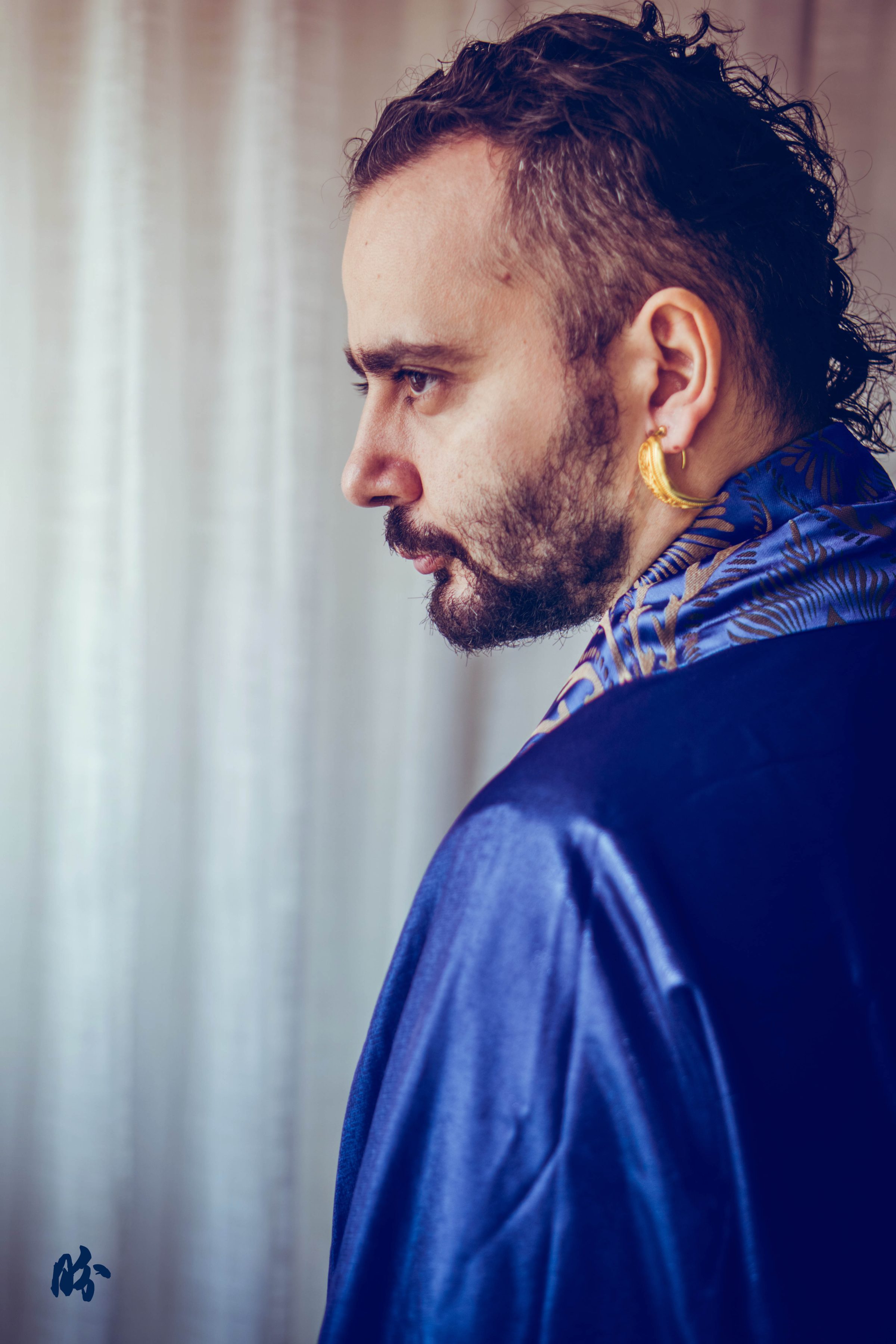
Could I have this dance
Of course I won’t forget that iconic dance scene where Belle and Beast forged their bond! But it gets a bit tricky because I don’t think that Chinese had couple dance back then… So it is more likely that Belle Wang would’ve performed as a dancer FOR the king or emperor if the occasion ever arose. So.. Voila~
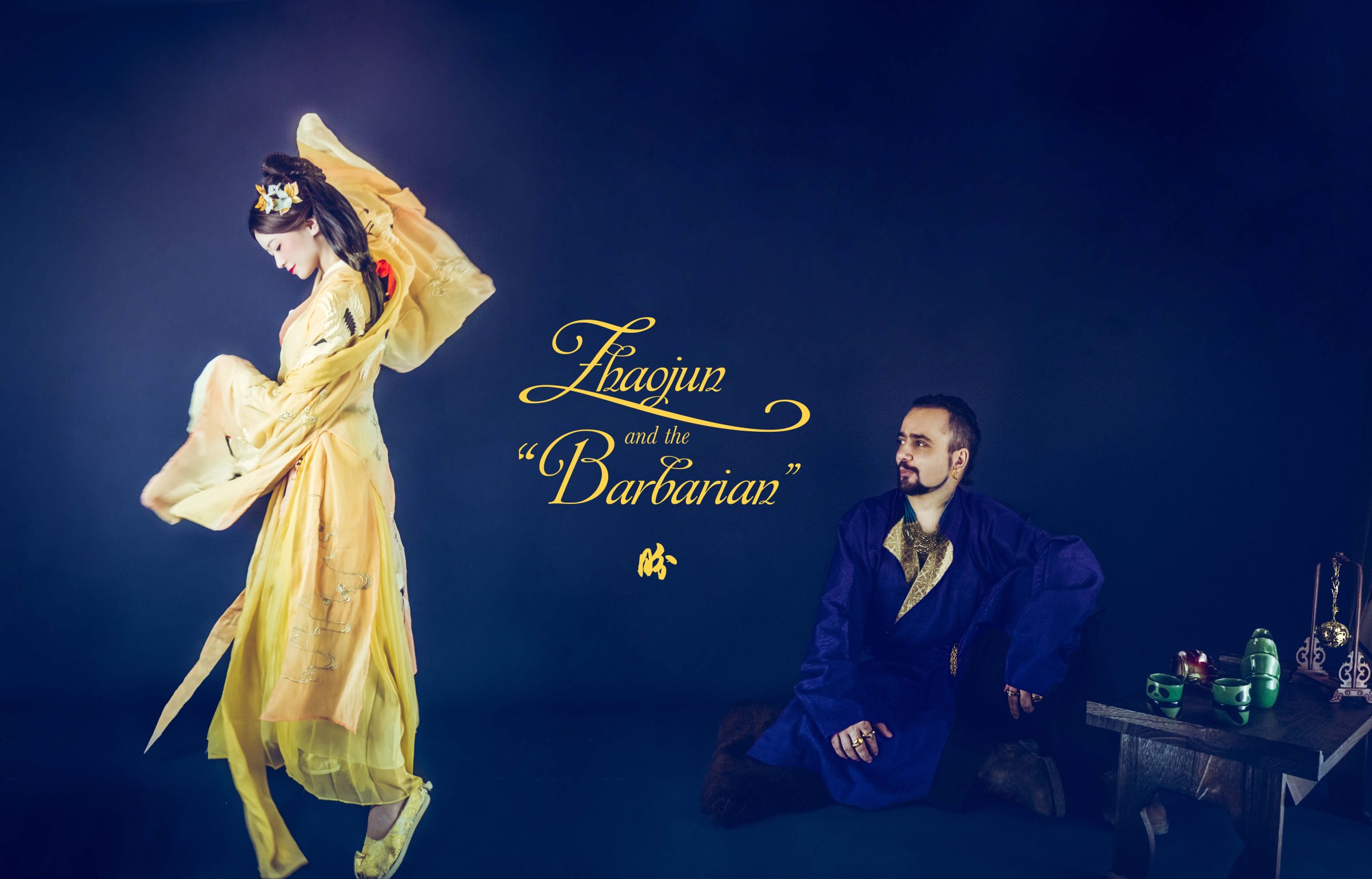
Interesting Observations on the concept of Beast
When I was looking for the Beast model, I came to a dead end cos there’s NO WAY ANY Chinese guy would be OK with being called a BEAST. In Chinese, Beast literally translates to a wild, savage, crass animal, which really sounds quite derogatory. It’s not like in the Western culture where the idea of BEAST is like some really sexy, pheromone-filled alpha male. The Asian culture has always preferred a more muted display of attractiveness, and focus more on finesses and gentle expressions of intellect over physical prowess.
It’s also interesting how 2000 years have passed, and the Chinese mentality towards sexuality, masculinity and ethnic superiority still didn’t seem to change too much.
Anyway, I got stood up by a male model TWICE before I finally decided, Nah, he’s probably not beastly enough anyway. Takes a real beast to be the Xiongnu Chief! Move on! Yes, I get rejected by guys too you know.
Interesting how cultures affect language and in turn affect one’s attitude towards concepts!
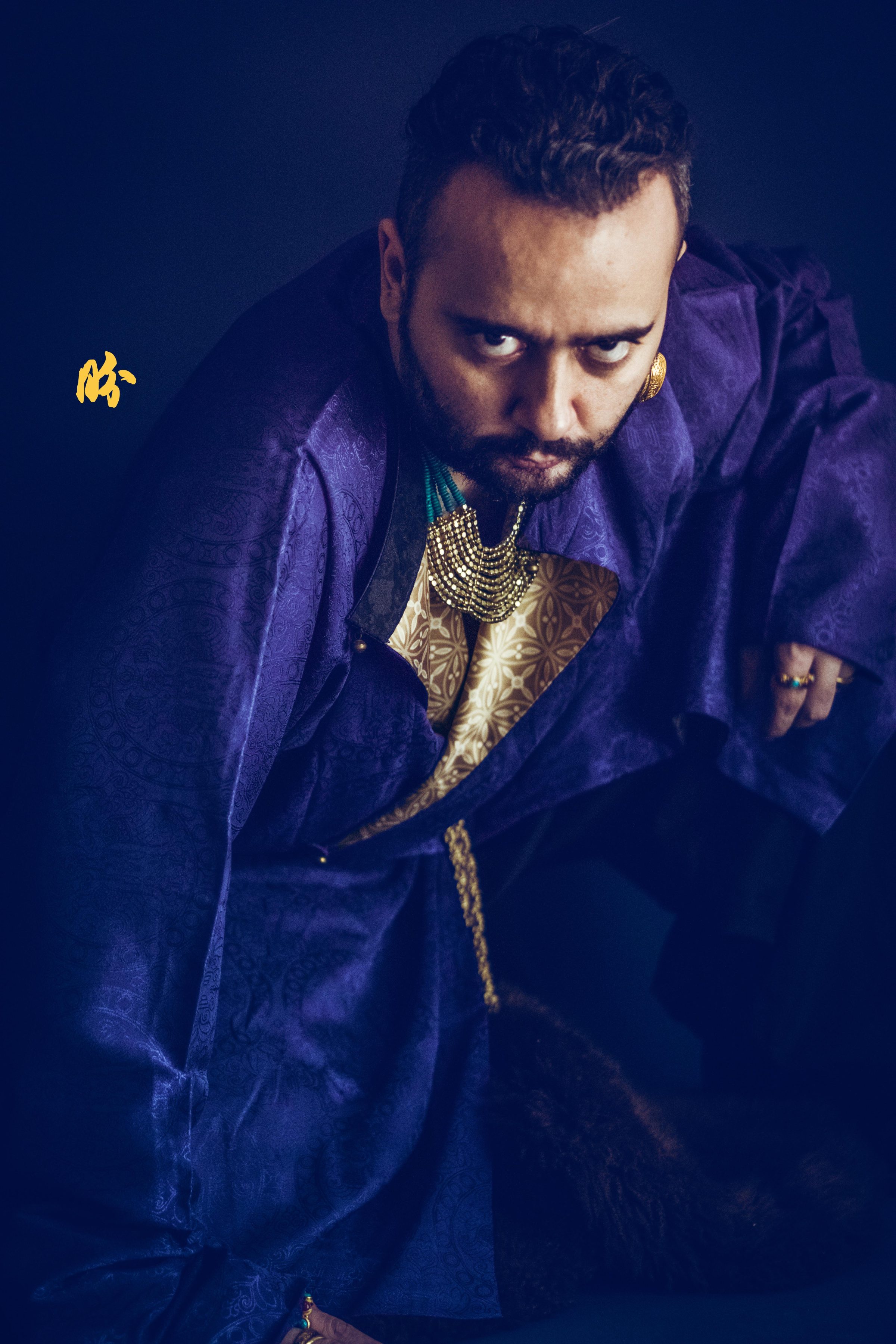
To end off, another pop-artish pic~
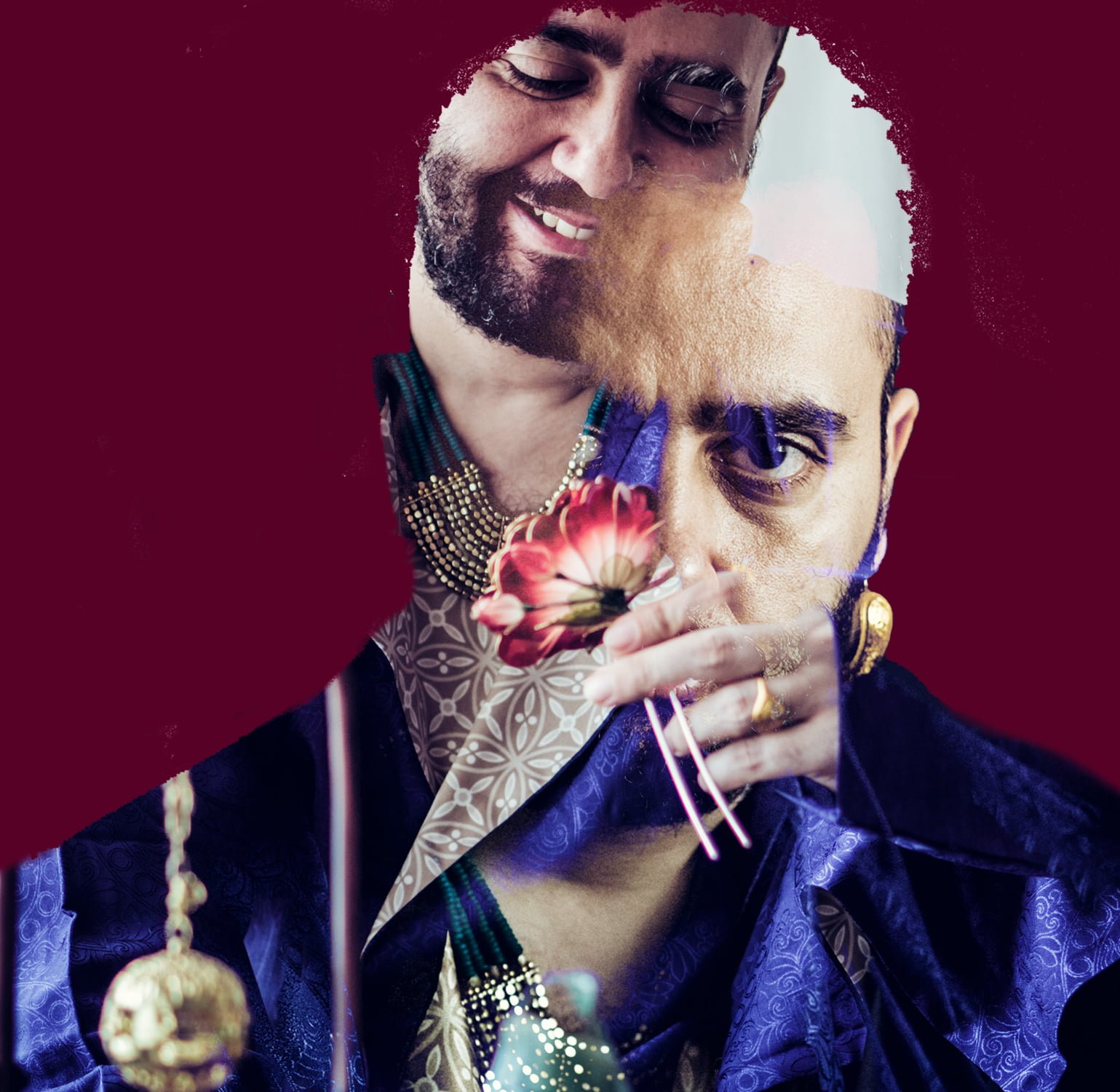

Leave a Reply